Tips on English Grammar To Crack IEO Olympiad Exam
Grammar!
When we hear this word out loud, we tremble and dart for the door to save our self from the verbs, tenses and nouns that haunt us!
Let’s be honest and face it: studying English grammar isn’t always fun or a piece of cake. Intricacies of English grammar can be difficult and boring at times.
Yet, we keep on learning and practicing English grammar rules. Do you know why? Because grammar knowledge is crucial for good communication, expression and writing in English. Without correct grammar understanding and usage, it is impossible to construct a proper sentence; read, write and communicate effectively and beautifully.
But, don’t worry! Mastering grammar isn’t difficult. You just need to keep some essential points in mind and you’ll come out on top in the trickiest situations! Let’s have a look!
Common Errors to lookout for:
- Pronoun Errors
Pronoun errors occur when pronouns do not agree in number with the nouns to which they refer. If the noun is singular, the pronoun must be singular. If the noun is plural, then the pronoun must be plural as well. For example:
- Incorrect: Someone lost their keys at the Airport today.
- Correct: Someone lost his or her keys at the Airport today.
In the above example ‘someone’ is a singular noun, so the pronoun should also be singular.
- Mistakes in Apostrophe Usage
Apostrophes are used to show possession. However, you do not use an apostrophe after a possessive pronoun such as my, mine, our, ours, his, hers, its, their, or theirs. For example:
- Incorrect: My fathers shop is next to our house.
- Correct: My father’s shop is next to our house.
In the case of it’s, the apostrophe is used only to indicate a contraction for ‘it is’. For example:
- Incorrect: Its raining cats and dogs.
- Correct: It’s raining cats and dogs.
- Lack of Subject/Verb Agreement
When speaking or writing in the present tense, a sentence must have subjects and verbs that agree in number. If the subject is singular, the verb must be singular. If the subject is plural, the verb must be plural as well. For example:
- Incorrect: These books (subject = plural) is (verb = singular) good for UPSC preparations.
- Correct: These books (subject = plural) are (verb = plural) good for UPSC preparations.
Use of Correct Punctuation while writing:
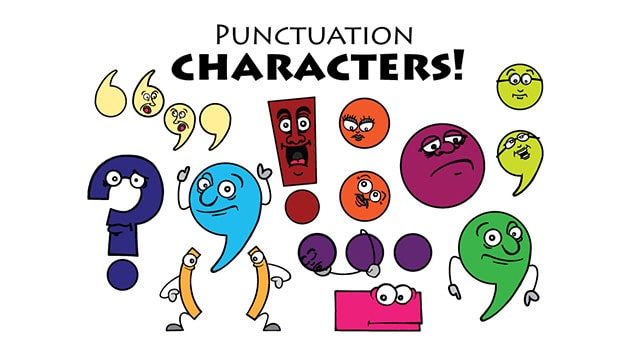
- Use a Comma to Connect Two Ideas as One
Conjunctions are used when connecting two ideas as one in a single sentence, but don’t forget the comma.
For example:
- His technique is unconventional, but the effect is striking.
- Julie fed her dog, and I drank coffee.
- She is a talented dancer, so she will attract fans for many years to come.
- Use the Semicolon to Join Two Ideas
A list of grammar rules has to include the scariest of punctuation marks. It might look funny, but don’t be afraid of the semicolon; it’s the easiest thing in the world to use! The two clauses in a sentence are separated by a semicolon and could be sentences on their own if you put a period between them.
- I have a big match tomorrow; I can’t go out tonight.
- My heart is like a cup of Lapsang Souchong tea; it’s bitter and smoky.
- I know you don’t like Cabbage; nevertheless it is very good for you.
- Inverted commas
Inverted commas are punctuation marks that are used in writing to show where speech or a quotation begins and ends ‘Inverted commas can be single – ‘x’ – or double – “x”. Inverted commas are also sometimes used around the titles of books, plays, or songs, or around a word or phrase that is being discussed.
- To indicate the beginning and end of direct speech.
Example: ‘I’m tired,’ she said.
- To indicate a word or phrase being discussed, or a word or phrase directly quoted from somewhere else. We place punctuation outside the closing quotation mark.
Example: For best content Olympiad preparation content you can study from ‘SOF Olympiad Trainer’.
- We use double quotation mark when we are quoting something directly from a source.
Example: “Happiness can be found, even in the darkest of times, if one only remembers to turn on the light” said Dumbledore in Harry Potter and the Prisoner of Azkaban.
Basic Parts of Speech
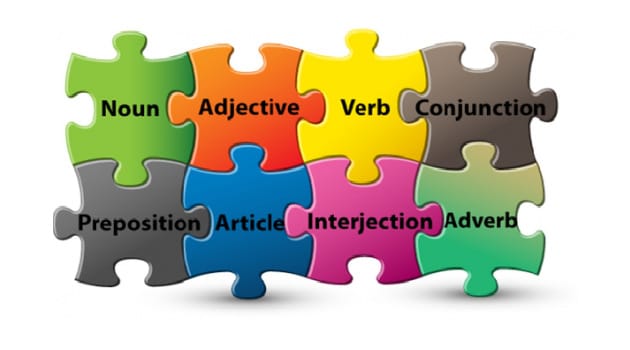
Now, once you get a general idea of the basic grammar rules for sentence structure, it would be extremely helpful if you learn about the parts of speech:
- A noun names a person, animal, place, thing, quality, idea, activity, or feeling. A noun can be singular, plural, or possessive.
- A pronoun is a word that takes the place of a noun, like ‘I’, ‘you’, or ‘they’
- A verb shows action and can be a main verb or a helping verb, like ‘were’ or ‘has’. Verbs also indicate tense and sometimes change their form to show past, present, or future tense. Linking verbs link the subject to the rest of the sentence and examples are: ‘appear’ and ‘seem’
- An adjective modifies a noun or a pronoun. It adds meaning by telling which one, what kind, or describing it in other ways.
- An adverb will modify a verb and tell more about it, like how much, when, where, why, or how.
- A preposition shows a relationship between nouns or pronouns. It is often used with a noun to show location, like ‘beside,’ ‘in,’ or ‘on’. It can also show time, direction, motion, manner, reason, or possession.
- Conjunctions connect two words, phrases, or clauses. Common conjunctions are ‘and’, ‘but’, and ‘or’.
By Vanya Kapil : An Enthusiastic reader | Good listener| An Educationist in making | Introvert who loves to pen down her thoughts |

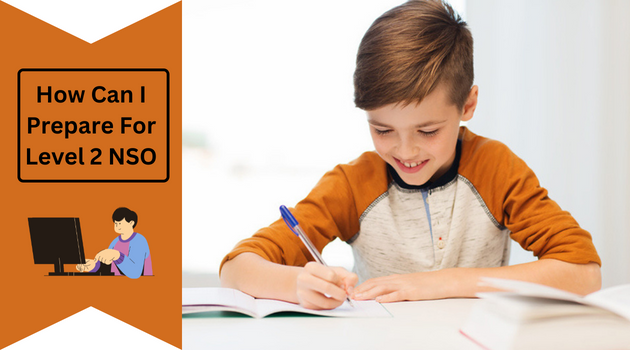
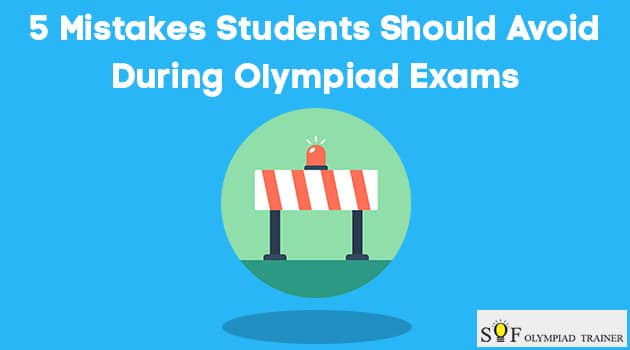




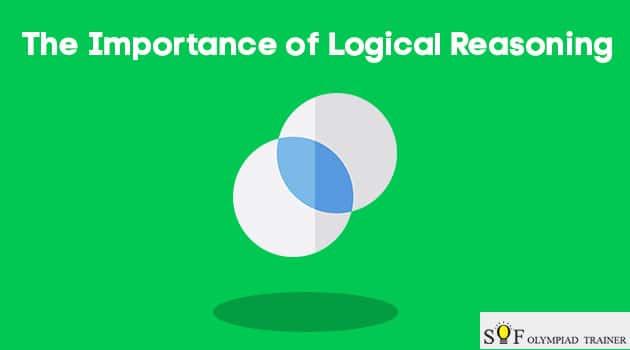
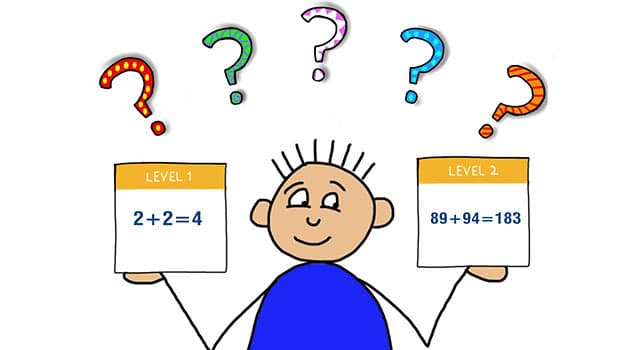
Thank you for sharing this informative and in-depth article. It has helped my son a lot. Please share more such articles.
Thank You for these tips.I am an 11 year old boy trying to get a zonal award.I am working very hard to prepare for IEO 2020
Fuck off
Good